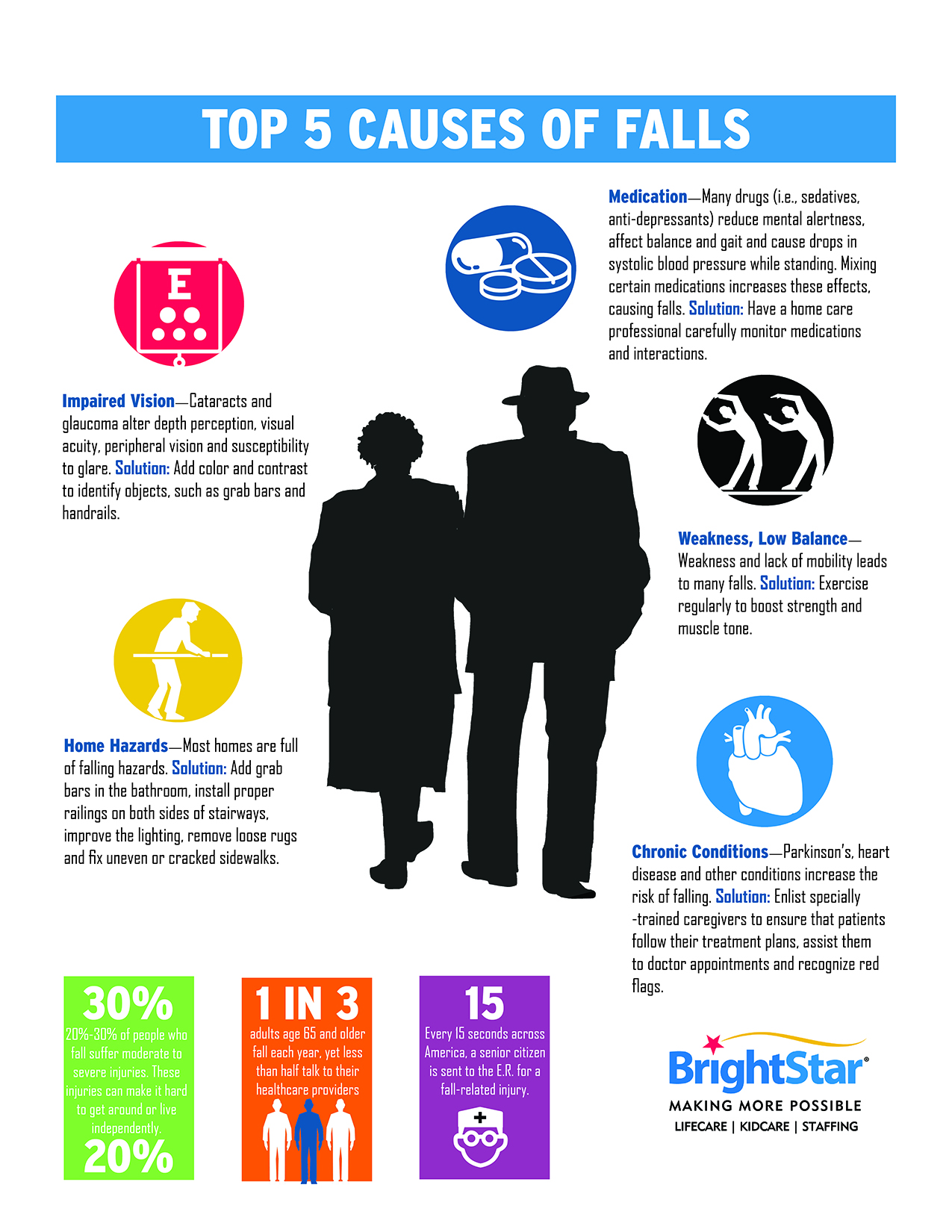September 22nd, 2013, the first day of fall, also marks the 6th annual National Falls Prevention Awareness Day, sponsored by the National Council on Aging. Falls are the leading cause of injury related emergency department visits for older adults, the major cause of hip fractures and responsible for more than half of fatal head injuries. Numerous states and countries worldwide are now coming together to address this serious and often overlooked health issue. The goal of this year's theme, Preventing Falls-One Step at a Time, is to bring together professionals, older adults, caregivers and family members to raise awareness and prevent falls in the older adult population. Forty-three states participated in Falls Prevention Awareness Day last year, joining more than 70 national organizations, including the American Occupational Therapy Association, other professional associations, and federal agencies that comprise the Falls Free© Initiative. The hope is for that number to grow this year and stop the rise in these serious accidents. According to the Center for Disease Control, one out of three adults age 65 and older falls each year. These falls can be moderate to severe in nature, yet less than half talk to their healthcare providers about it. When a fall occurs, most people assume the contributing factor is an unsafe home environment; however, what most people don’t know is that there are many other risk factors to consider.
Infographic: Promoting Fall Prevention at Home When you think of fall prevention, you might automatically envision stairs, uneven ground or a slippery surface, but there are other seemingly unseen risk factors that could put you or a loved one at risk of falling at home. The infographic below provides more details on some of the most common causes of falls and what you can do to decrease your or a loved one’s risk: Top 5 Causes of Falls: These five fall risk factors should be addressed when working to identify the cause of a fall and prevent future falls:
Top 5 Causes of Falls: These five fall risk factors should be addressed when working to identify the cause of a fall and prevent future falls:
Infographic: Promoting Fall Prevention at Home When you think of fall prevention, you might automatically envision stairs, uneven ground or a slippery surface, but there are other seemingly unseen risk factors that could put you or a loved one at risk of falling at home. The infographic below provides more details on some of the most common causes of falls and what you can do to decrease your or a loved one’s risk:
 Top 5 Causes of Falls: These five fall risk factors should be addressed when working to identify the cause of a fall and prevent future falls:
Top 5 Causes of Falls: These five fall risk factors should be addressed when working to identify the cause of a fall and prevent future falls:
- Medication interactions. Drugs including sedatives, anti-depressants and anti-psychotics can contribute to falls by reducing mental alertness, worsening balance and gait and causing drops in systolic blood pressure while standing. Mixing multiple medications also increases the risk of falling. To reduce the likelihood of falls, review all medications with the primary doctor and any specialists to identify medications that may cause this side effect.
- Lack of physical strength and poor balance. Without regular exercise it's easy to lose muscle tone, strength, bone mass and flexibility. All of these weaknesses are factors that contribute to the severity of a fall. While certain medical conditions can make it harder to exercise, a loved one who has fallen before, even if they weren’t injured, could develop a fear of falling that causes them to limit their activity and be less mobile. Engaging in regular exercise to increase strength and muscle tone and taking extra time when transitioning from one position to another may reduce the risk of falls. Unsure of how to re-start an exercise plan? Engage the doctor's advice.
- Impaired vision. Age-related vision diseases, such as cataracts and glaucoma, alter an older person’s depth perception, visual acuity, peripheral vision and susceptibility to glare. In addition, older adults may no longer be able to recognize visual cues of danger and, in turn, take appropriate action. Although these diseases are sometimes unavoidable, obtaining regular eye exams can reduce the risk of a fall. Adding color and contrast to identify objects, especially safety items like grab bars and handrails may help overcome vision-related issues as well.
- Home hazards. Poor lighting, loose rugs, lack of grab bars or poorly located/mounted grab bars, and unstable furniture can increase tripping hazards. Improving safety around a loved one’s home by adding grab bars and other safety aids inside and outside of the tub or shower and next to the toilet, adding railings on both sides of stairways and improving the lighting where needed will aid in decreasing environmental hazards in the home.
- Chronic conditions. Health issues, such as Parkinson’s or heart disease, greatly increase an older adult’s risk of falling. Understanding the disease process and helping them follow a treatment plan, assisting them to doctor appointments and knowing red flag alerts can reduce fall risk in people suffering from chronic conditions.

